loft conversions colchester - add living space and increase the value of your property
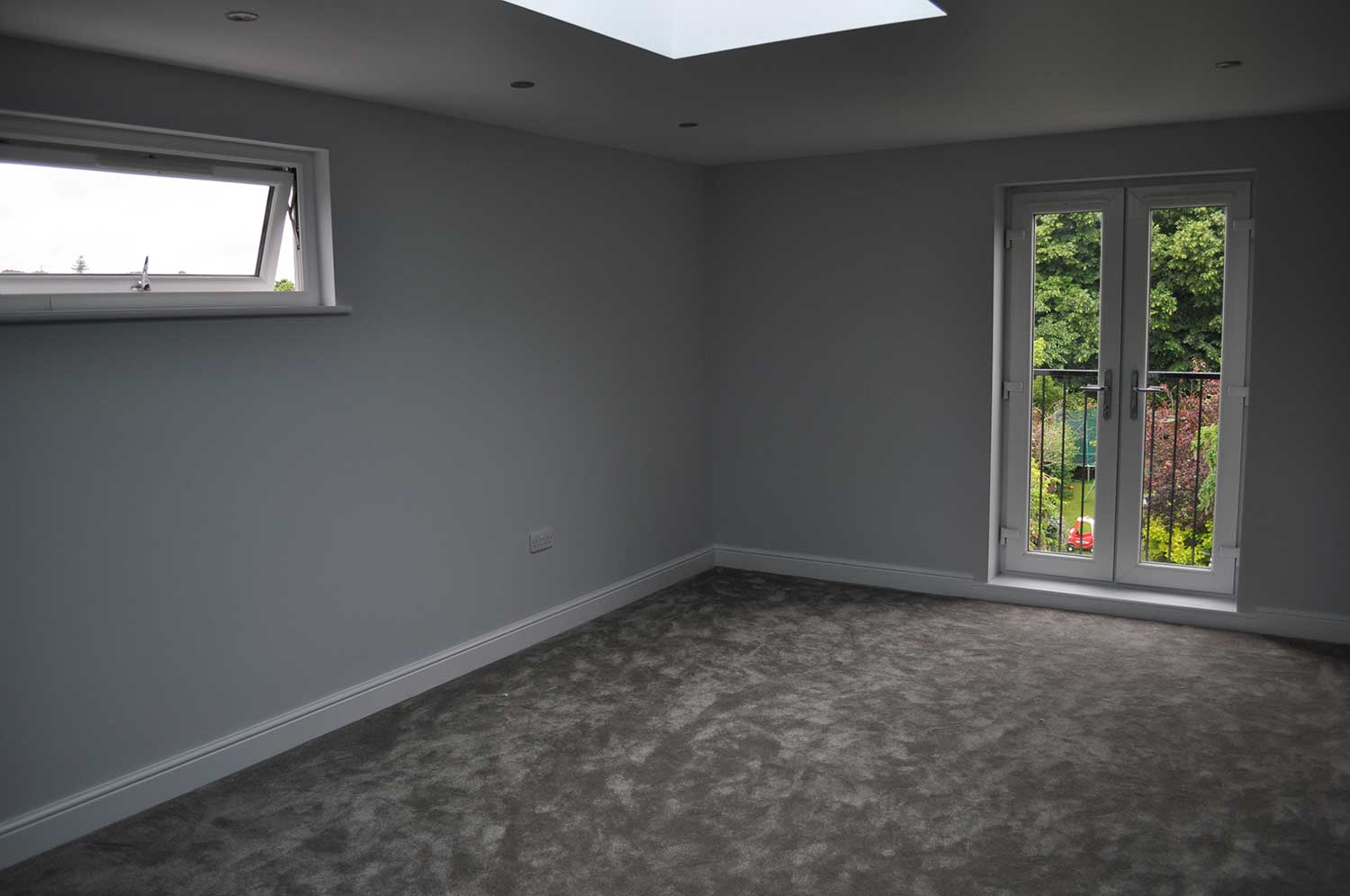
Loft Conversions Colchester – Homeowners can quite often feel the need for extra living space for a growing family or other reasons, but moving house is expensive with stamp duty, solicitors fees and removal costs and is also a big upheaval and can be very stressful.
Another way to maximise your living space is to create extra space within it, and here is where any unused loft space can make for an ideal solution for creating the needed extra room for your family. Loft conversions Colchester – a perfect way to provide extra living space in your home without the hassle of moving house.
There are a few factors that are important when considering a loft extension.
The most important among these is the height of the roof in the loft, and the feasibility of providing an approach to the converted loft through a staircase. It’s important to know that it is not only the height of the roof but the general height between the two roofs that will be used as the main criterion for the choice of materials in your loft conversion project.
What Are the Benefits of Having A Loft Conversion?
Loft conversions have many advantages over any extensions that you may plan over garages on through increasing the number of floors on your home. They are not likely to require permissions and will also in no way reduce the size of your garden or add to increased foundation costs for added floors.

Loft Conversions Colchester – Homeowners can quite often feel the need for extra living space for a growing family or other reasons, but moving house is expensive with stamp duty, solicitors fees and removal costs and is also a big upheaval and can be very stressful.
Another way to maximise your living space is to create extra space within it, and here is where any unused loft space can make for an ideal solution for creating the needed extra room for your family. Loft conversions Colchester – a perfect way to provide extra living space in your home without the hassle of moving house.
There are a few factors that are important when considering a loft extension.
The most important among these is the height of the roof in the loft, and the feasibility of providing an approach to the converted loft through a staircase. It’s important to know that it is not only the height of the roof but the general height between the two roofs that will be used as the main criterion for the choice of materials in your loft conversion project.
What Are the Benefits of Having A Loft Conversion?
Loft conversions have many advantages over any extensions that you may plan over garages on through increasing the number of floors on your home. They are not likely to require permissions and will also in no way reduce the size of your garden or add to increased foundation costs for added floors.
1. Increase the Value of The Home
Loft conversions can add to the value of a property, especially if the converted loft has adequate light, ventilation, and a proper approach. You don’t have to take our word for it. There is consensus among UK property experts that a loft conversion provides the most cost-effective way to substantially improve the apparent value of your property.
In fact, a recent housing market study indicated that by implementing a loft conversion, the value of one’s home could be raised by up to 20%. It further revealed that a thoughtful loft conversion could increase the market value of an average house by up to £37,000.
Needless to say, there is literally no other home improvement that a homeowner can make, which costs comparatively so little while adding so much to the appraisal value of the home. Also, given the lucrative tax benefits available to homeowners who rent rooms, it is possible to take advantage of those free loft spaces by renting them out to the interested individual, or perhaps foreign students, and start making money right away.
2. Adding Extra Space or A Bedroom to The House
With any loft conversion, there is more to it than just adding on an extra room. In fact, a well-executed conversion will often do more than merely create additional storage space underneath your staircase. It also contributes towards easing the strain on other rooms on your premises.
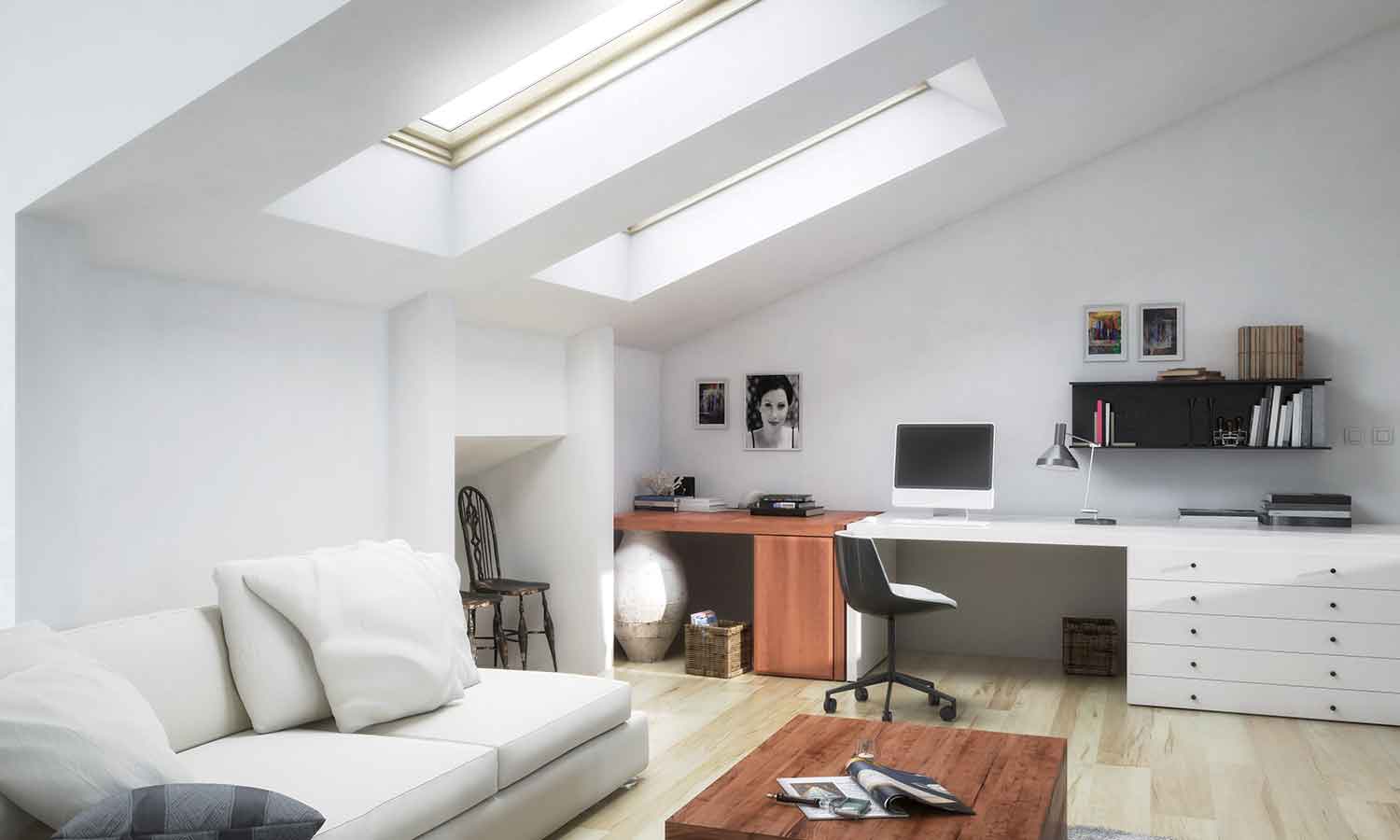

1. Increase the Value of The Home
Loft conversions can add to the value of a property, especially if the converted loft has adequate light, ventilation, and a proper approach. You don’t have to take our word for it. There is consensus among UK property experts that a loft conversion provides the most cost-effective way to substantially improve the apparent value of your property.
In fact, a recent housing market study indicated that by implementing a loft conversion, the value of one’s home could be raised by up to 20%. It further revealed that a thoughtful loft conversion could increase the market value of an average house by up to £37,000.
Needless to say, there is literally no other home improvement that a homeowner can make, which costs comparatively so little while adding so much to the appraisal value of the home. Also, given the lucrative tax benefits available to homeowners who rent rooms, it is possible to take advantage of those free loft spaces by renting them out to the interested individual, or perhaps foreign students, and start making money right away.
2. Adding Extra Space or A Bedroom to The House
With any loft conversion, there is more to it than just adding on an extra room. In fact, a well-executed conversion will often do more than merely create additional storage space underneath your staircase. It also contributes towards easing the strain on other rooms on your premises.
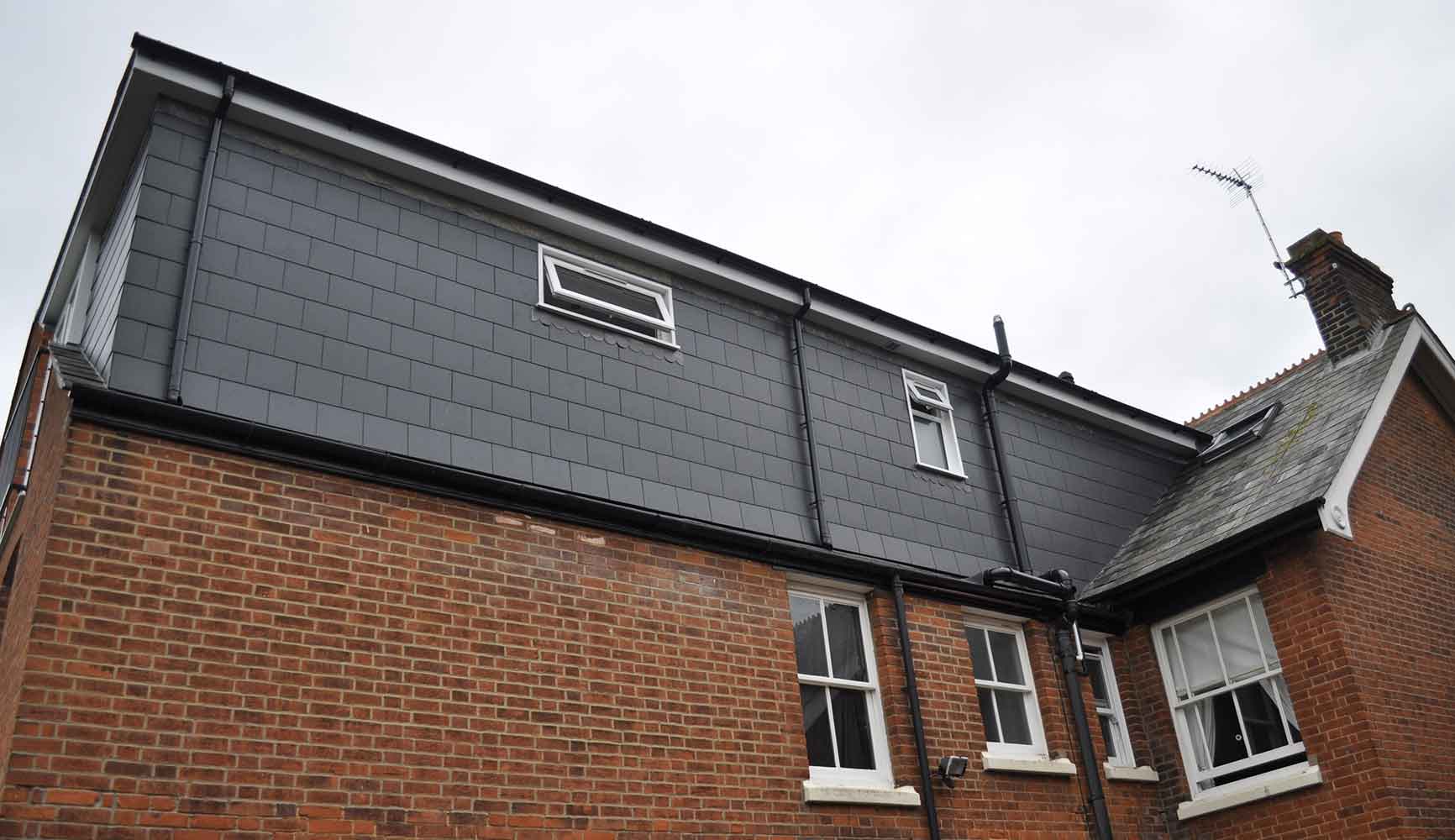
Furthermore, by investing in this conversion, you won’t have to sacrifice your home’s valuable outside space, which, in case you didn’t know, house extensions may do.
What Are the Different Types of Loft Conversions?
Altogether there are six different types of loft conversions, and in the following sections, we will explain each one of them to you in more detail:
1. Full Rear Dormer
Let’s start with the full rear dormer, which is essentially an extension of the existing roof that projects vertically from a pitched or sloped roof. That creates additional floor space with the added benefit of adequate headroom, which ensures complete utilization of this space.
The interior of a dormer is a horizontal ceiling supported by vertical walls. This is probably one of the most common types of loft conversions you’ll find in the UK, mainly for one reason: full rear dormers provide the maximum amount of extra space on the existing property.

Furthermore, by investing in this conversion, you won’t have to sacrifice your home’s valuable outside space, which, in case you didn’t know, house extensions may do.
What Are the Different Types of Loft Conversions?
Altogether there are six different types of loft conversions, and in the following sections, we will explain each one of them to you in more detail:
1. Full Rear Dormer
Let’s start with the full rear dormer, which is essentially an extension of the existing roof that projects vertically from a pitched or sloped roof. That creates additional floor space with the added benefit of adequate headroom, which ensures complete utilization of this space.
The interior of a dormer is a horizontal ceiling supported by vertical walls. This is probably one of the most common types of loft conversions you’ll find in the UK, mainly for one reason: full rear dormers provide the maximum amount of extra space on the existing property.
2. Velux Conversion
Interested homeowners can have mansard loft conversion accomplished by raising the party or shared wall. This kind of conversion presents the added advantage of a flat roof, which means that you have the necessary headroom to properly use the added space. However, it should be noted that one of the outer walls will be slightly inclined inwards.
Although mansard loft conversions can be constructed for many types of properties, they are generally popular among terraced properties and are typically built at the back of the house. And whilst it is deemed to be more aesthetically pleasing than a full rear dormer, perhaps its most significant disadvantage lies within the fact it requires planning permission in nearly all cases.
3. Rooflight Loft Conversion
Often considered to be the most cost-effective among loft conversions (typically 25% cheaper than other types of conversion), Rooflight loft conversion is suitable for every type of property, with the added advantage of not requiring a building permit. This type of loft conversion involves mounting flush with the roofline while leaving the existing roof structure untouched. Since there is no extension of the roofline, no building permit is required. However, just to be on the safe side, you will always want to inquire about your conversion with the local council. A drawback of this type of conversion is that the floor area remains exactly the same. For this reason, rooflight loft conversion is recommended for properties that already have a comfortable living space, as it involves nothing but flush installation for better interior lighting.
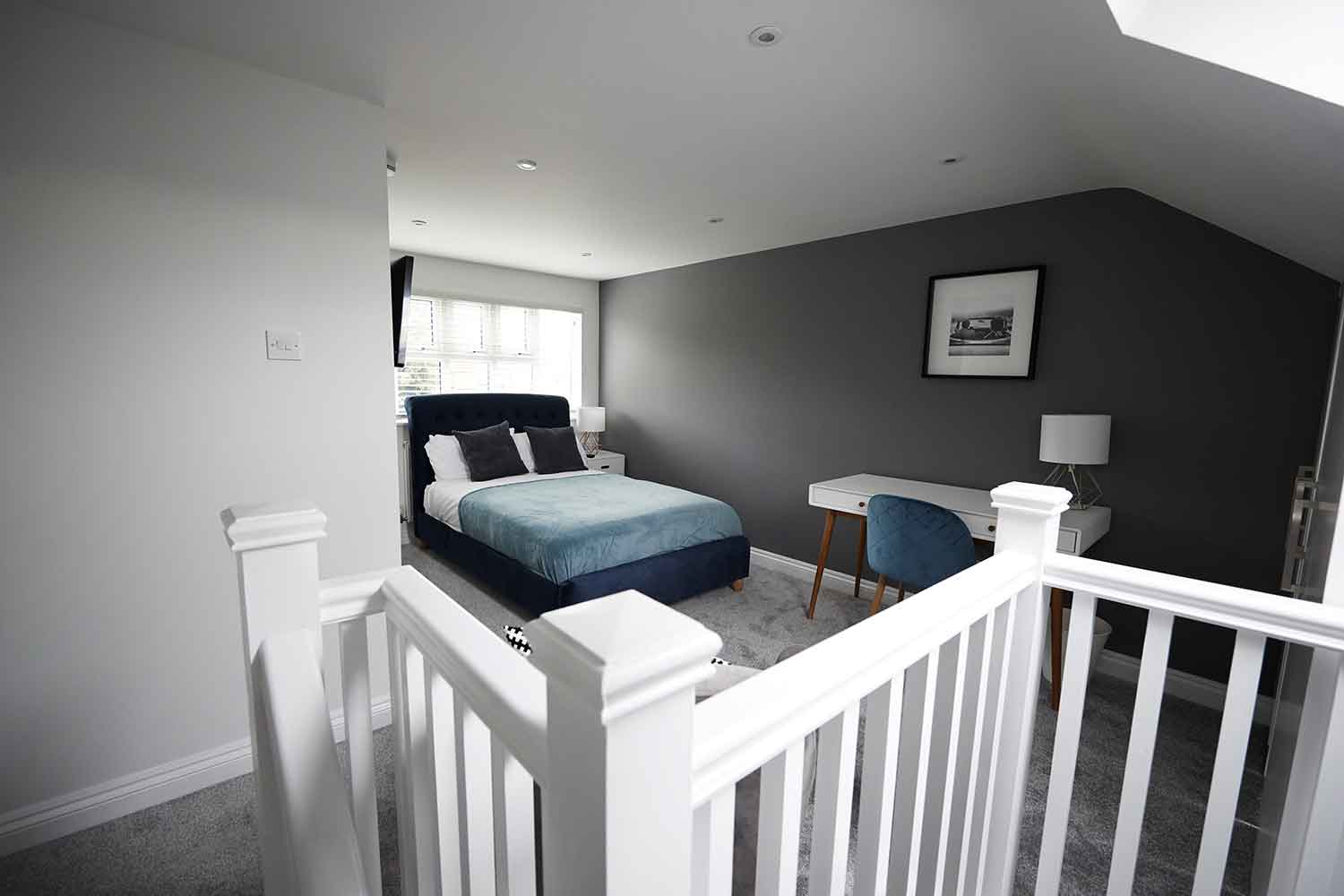

2. Velux Conversion
Interested homeowners can have mansard loft conversion accomplished by raising the party or shared wall. This kind of conversion presents the added advantage of a flat roof, which means that you have the necessary headroom to properly use the added space. However, it should be noted that one of the outer walls will be slightly inclined inwards.
Although mansard loft conversions can be constructed for many types of properties, they are generally popular among terraced properties and are typically built at the back of the house. And whilst it is deemed to be more aesthetically pleasing than a full rear dormer, perhaps its most significant disadvantage lies within the fact it requires planning permission in nearly all cases.
3. Rooflight Loft Conversion
Often considered to be the most cost-effective among loft conversions (typically 25% cheaper than other types of conversion), Rooflight loft conversion is suitable for every type of property, with the added advantage of not requiring a building permit. This type of loft conversion involves mounting flush with the roofline while leaving the existing roof structure untouched. Since there is no extension of the roofline, no building permit is required. However, just to be on the safe side, you will always want to inquire about your conversion with the local council. A drawback of this type of conversion is that the floor area remains exactly the same. For this reason, rooflight loft conversion is recommended for properties that already have a comfortable living space, as it involves nothing but flush installation for better interior lighting.
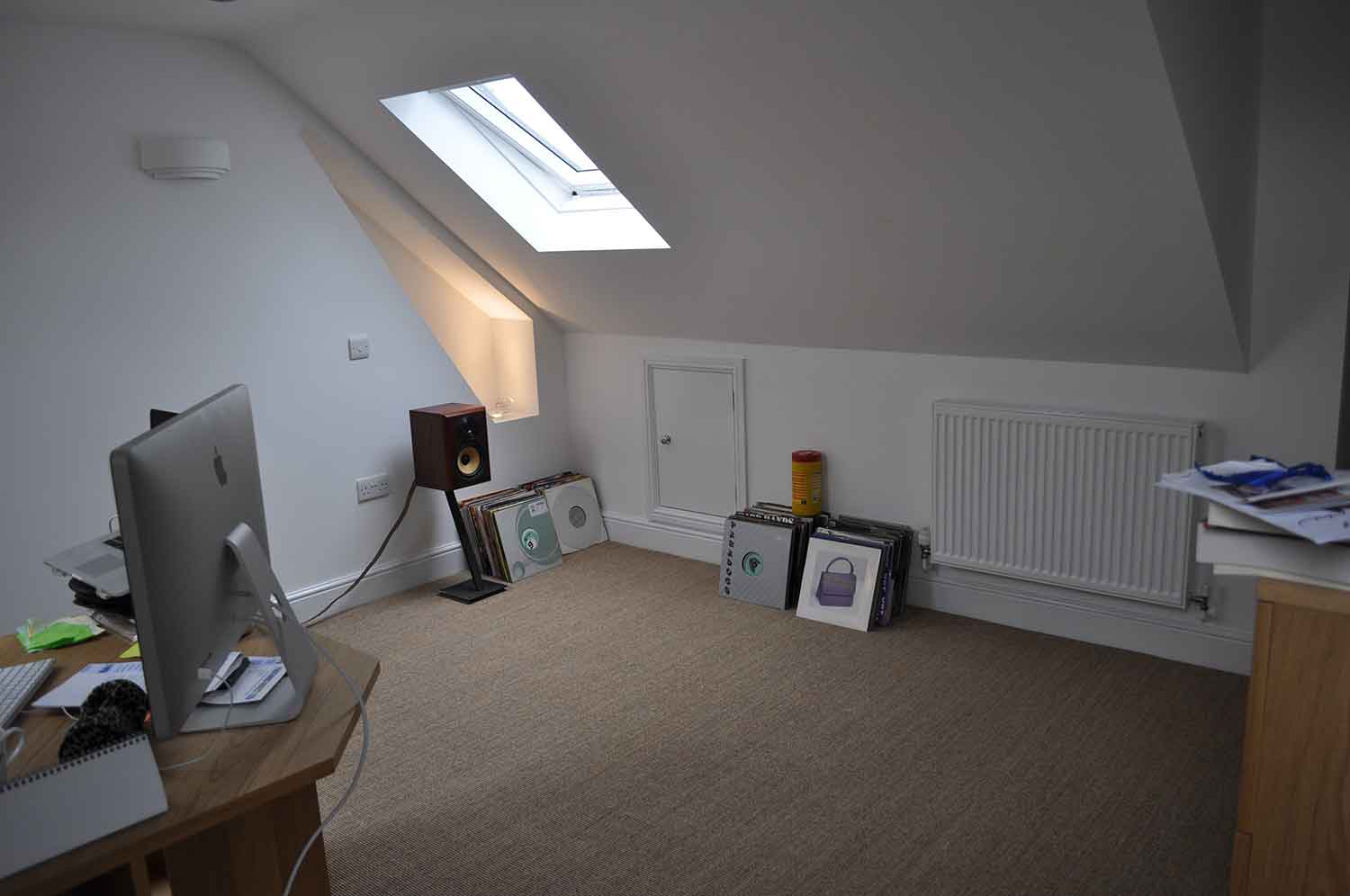
4. Hip to Gable Loft Conversion
In essence, this type of conversion consists of extending your property by replacing the pitched roof with a gable, more commonly known as a vertical wall, while maintaining the same height as the ridge and filling in the intervening space. This gives you enough space for you to use your loft as you see fit. Often, the extra space is more than adequate for an indoor play area, an office, a single bedroom or a lounge.
If your property has two sloped sides and you have them substituted with vertical walls, it will be a double hip to gable loft conversion and will certainly create additional space for your use.
What to Consider with A Loft Conversion?
Loft conversion is beyond doubt the best way to transform your dull loft space into a warm and comfortable room or potentially an office.
This conversion not only helps to improve the appraisal value of your property but also gives you an opportunity to use the pre-existing space on your premises in a more purposeful way.
Should you rent rooms in your home, you can instantly generate additional income by renting this converted space to an interested party. You are only limited by your imagination!
However, not all loft conversion designs are suitable for everyone, and some may entail complications. Below are some important factors to consider when converting a loft.

4. Hip to Gable Loft Conversion
In essence, this type of conversion consists of extending your property by replacing the pitched roof with a gable, more commonly known as a vertical wall, while maintaining the same height as the ridge and filling in the intervening space. This gives you enough space for you to use your loft as you see fit. Often, the extra space is more than adequate for an indoor play area, an office, a single bedroom or a lounge.
If your property has two sloped sides and you have them substituted with vertical walls, it will be a double hip to gable loft conversion and will certainly create additional space for your use.
What to Consider with A Loft Conversion?
Loft conversion is beyond doubt the best way to transform your dull loft space into a warm and comfortable room or potentially an office.
This conversion not only helps to improve the appraisal value of your property but also gives you an opportunity to use the pre-existing space on your premises in a more purposeful way.
Should you rent rooms in your home, you can instantly generate additional income by renting this converted space to an interested party. You are only limited by your imagination!
However, not all loft conversion designs are suitable for everyone, and some may entail complications. Below are some important factors to consider when converting a loft.
1. Budget
Perhaps the most important factor that will directly influence your choice of loft conversion is your budget. A full rear dormer window, one of the most common types of loft conversion in the UK, can cost between £1,680 and £2,400. A rooflight conversion, on the other hand, will cost you around £1,400, as it does not involve any extension to the roofline. You should, therefore, first, work out your budget limit and then decide what type of conversion you want to have done at your premises.
2. Available space
Each loft conversion has its own space requirements, so you may want to consider contacting a local contractor like Footings Direct to find out if your loft has enough available space for conversion. The first rule of thumb for any type of loft conversion project is to ensure that it creates the necessary balance in your home.
3. Lighting
Lighting is imperative for any type of property, so you must first decide on the location of windows and doors before finalizing any loft conversion project. Depending on the space available, your contractor will guide you in choosing the most appropriate type of lighting for optimal use of your new room.
Loft Conversions Colchester – Pro’s & Cons
As with anything else, each loft conversion has its own specific advantages and disadvantages. Enlisted are some essential ones:
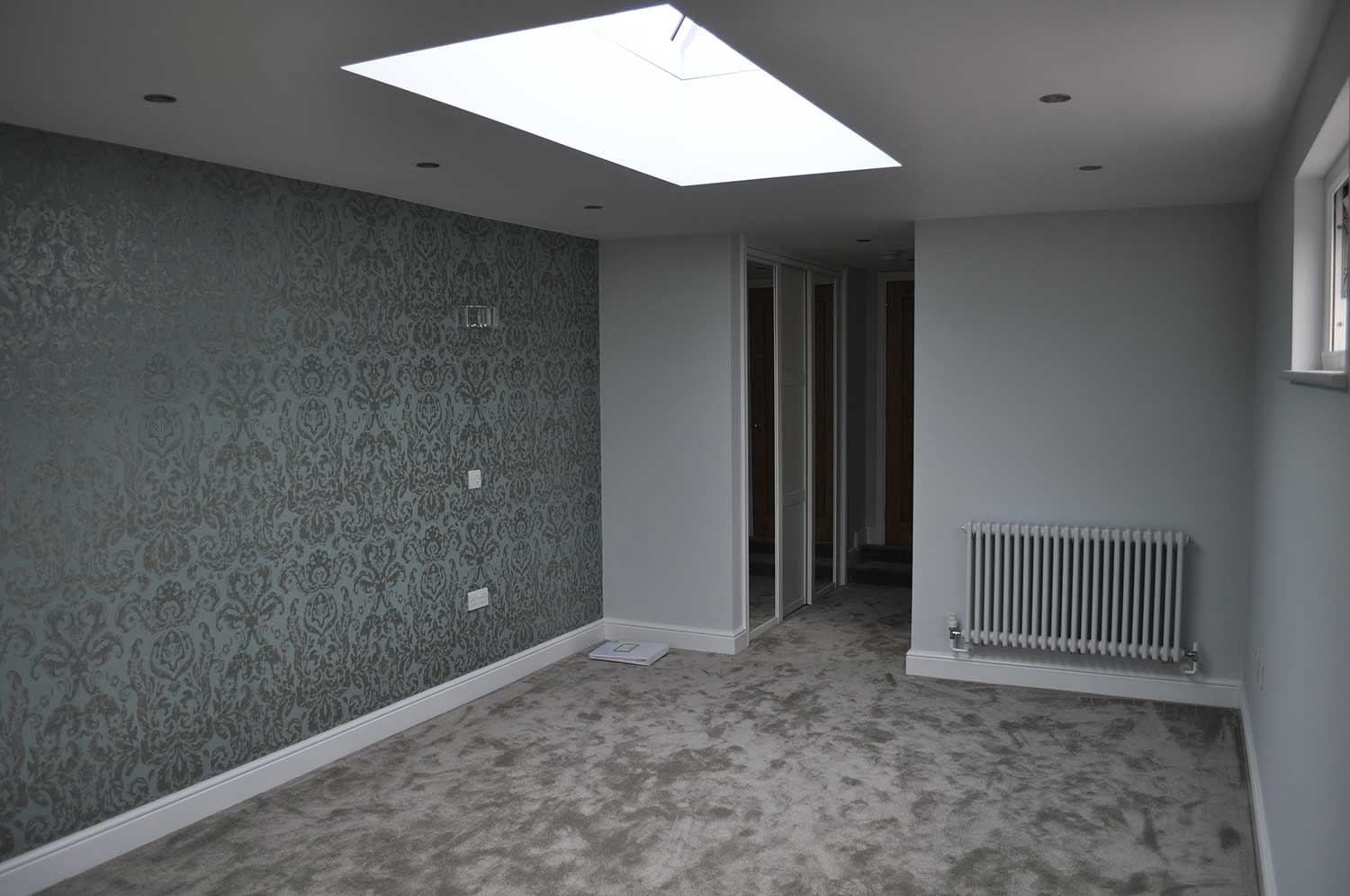

1. Budget
Perhaps the most important factor that will directly influence your choice of loft conversion is your budget. A full rear dormer window, one of the most common types of loft conversion in the UK, can cost between £1,680 and £2,400. A rooflight conversion, on the other hand, will cost you around £1,400, as it does not involve any extension to the roofline. You should, therefore, first, work out your budget limit and then decide what type of conversion you want to have done at your premises.
2. Available space
Each loft conversion has its own space requirements, so you may want to consider contacting a local contractor like Footings Direct to find out if your loft has enough available space for conversion. The first rule of thumb for any type of loft conversion project is to ensure that it creates the necessary balance in your home.
3. Lighting
Lighting is imperative for any type of property, so you must first decide on the location of windows and doors before finalizing any loft conversion project. Depending on the space available, your contractor will guide you in choosing the most appropriate type of lighting for optimal use of your new room.
Loft Conversions Colchester – Pro’s & Cons
As with anything else, each loft conversion has its own specific advantages and disadvantages. Enlisted are some essential ones:
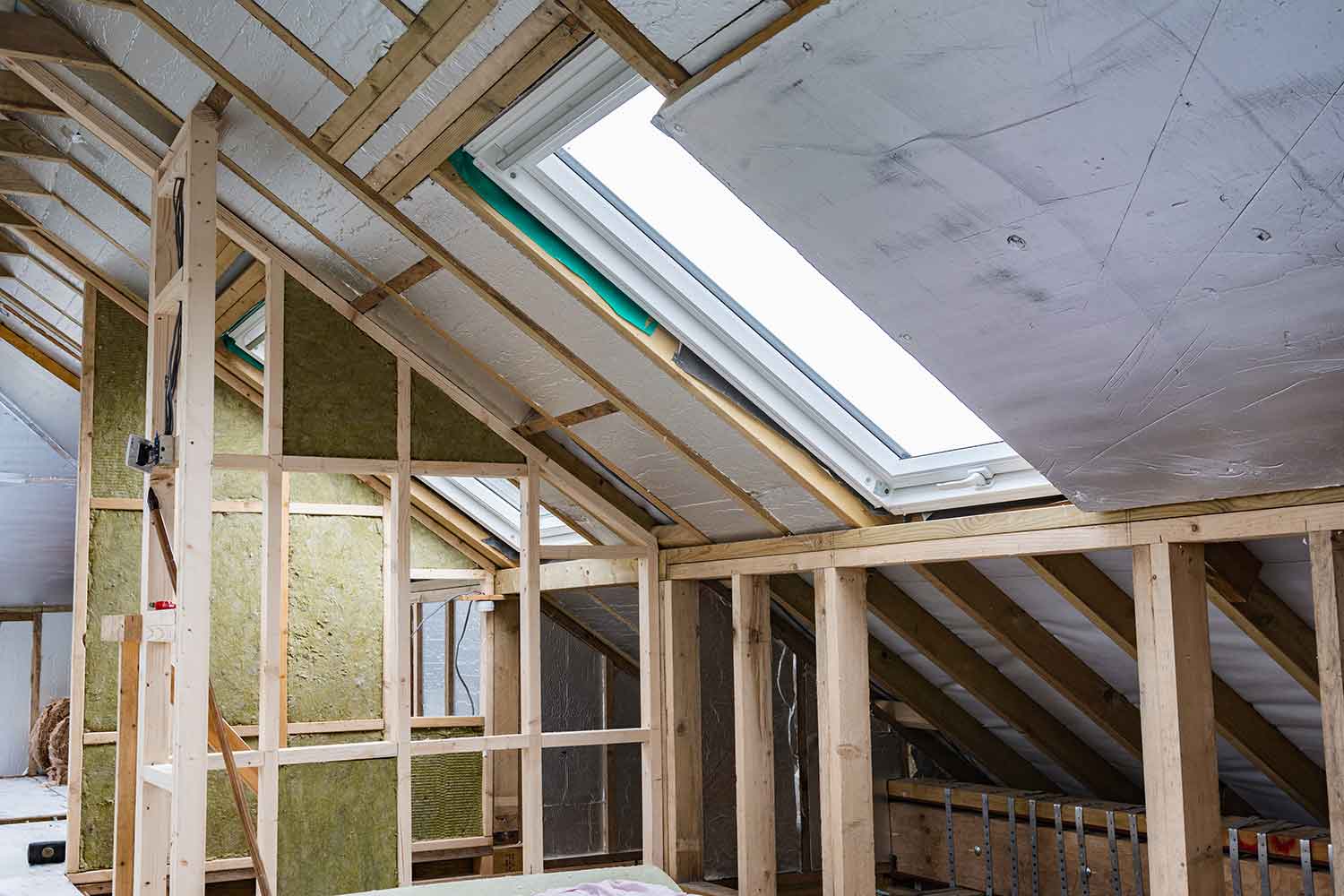
The Advantages:
1. Natural light
With a loft conversion, you have the option to install distinct types of windows, some specially designed for superior natural lighting. Thus, with the judicious positioning of windows and doors, you can ensure that your new room has optimal ventilation and natural lighting.
2. Cost-effectiveness
Converting lofts is by far the most cost-effective way to further increase the floor space on your premises. In addition to giving you the opportunity to use the available space in your property more efficiently, loft conversion often increases the market value of the property, making it a truly lucrative venture.
3. Planning permission
Loft Conversions Colchester – projects do not require a building permit and can, therefore, be accomplished without you having to go through dozens of legal documents and hours in the local council offices.
The Disadvantages:
1. Convenience
As discussed in the previous section, not all loft conversion designs can be implemented or are suitable for all property types. There are many factors that will influence the decision and for which you may need to spend your valuable time researching and engaging local contractors.
How Do I Hire A Professional Contractor for Loft Conversion?
Across the UK there are hundreds upon thousands of contractors claiming to have the expertise necessary to undertake a quality loft conversion whilst keeping you engaged throughout the process.
It is however best to engage with local contractors who have at least ten years’ experience in the field. In addition, you will also want to contact their former clients to understand their experience and better evaluate the promised services of the concerned contractor.
If you live in Colchester, Essex, you can contact Footings Direct as we have been serving businesses and individuals alike for over 10 years ensuring unparalleled customer service. If you are in need of a professional loft conversion contractor, then contact our professional and friendly team to learn more about our range of custom and tailored services designed to suit your exact needs.

The Advantages:
1. Natural light
With a loft conversion, you have the option to install distinct types of windows, some specially designed for superior natural lighting. Thus, with the judicious positioning of windows and doors, you can ensure that your new room has optimal ventilation and natural lighting.
2. Cost-effectiveness
Converting lofts is by far the most cost-effective way to further increase the floor space on your premises. In addition to giving you the opportunity to use the available space in your property more efficiently, loft conversion often increases the market value of the property, making it a truly lucrative venture.
3. Planning permission
Loft Conversions Colchester – projects do not require a building permit and can, therefore, be accomplished without you having to go through dozens of legal documents and hours in the local council offices.
The Disadvantages:
1. Convenience
As discussed in the previous section, not all loft conversion designs can be implemented or are suitable for all property types. There are many factors that will influence the decision and for which you may need to spend your valuable time researching and engaging local contractors.
How Do I Hire A Professional Contractor for Loft Conversion?
Across the UK there are hundreds upon thousands of contractors claiming to have the expertise necessary to undertake a quality loft conversion whilst keeping you engaged throughout the process.
It is however best to engage with local contractors who have at least ten years’ experience in the field. In addition, you will also want to contact their former clients to understand their experience and better evaluate the promised services of the concerned contractor.
If you live in Colchester, Essex, you can contact Footings Direct as we have been serving businesses and individuals alike for over 10 years ensuring unparalleled customer service. If you are in need of a professional loft conversion contractor, then contact our professional and friendly team to learn more about our range of custom and tailored services designed to suit your exact needs.

